Abandoned Kent: Henley’s Air Raid Shelter Tunnels, Northfleet | Urbex
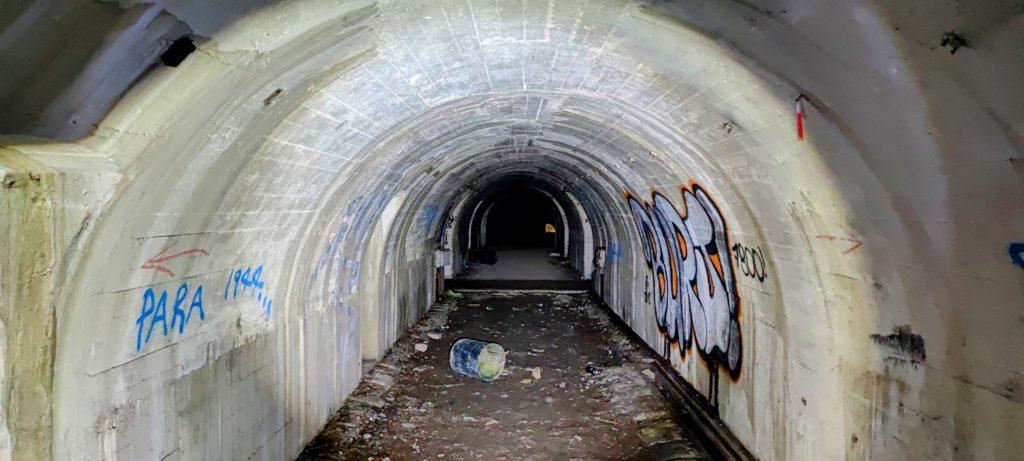
Underneath an unassuming industrial area lies a sprawling WWII air raid shelter. Built in 1939 by the telegraph cable company WT Henley, these tunnels were presumably designed to be used by the workers. This shelter had six entrances, ventilation and lighting to hold around 2,000 people. These winding tunnels were impressively partly built into the cliff face and included a first aid post.


WT Henley
WT Henley founded the company in 1837 in London and manufactured covered wires. Henley developed the submarine cable to link up the world by telegraph. By 1859 the business was successful enough to construct a factory in North Woolwich. In 1863, the company laid the 1615 mile long Persian Gulf telegraph cable for the Indian government. In 1906 a second factory was built by the Thames in Gravesend which also had purpose built research laboratories.


The business had continued success throughout WWII and were involved in Operation Pluto. This built petrol pipelines across The Channel. The factory expanded during this time with some surrounding land being requisitioned to enable this expansion.
Exploration
Access to the air raid shelter was not difficult once we found an open entrance. The site is open and large and so it did take some hunting to find an entrance. There are six in total and when we visited only one was open and accessible.


Once we headed down the short corridor from the opening we were all surprised at the size of the shelter. The tunnels are divided into different sections which are clearly signposted presumably for workers to find their space easily. Most of the tunnels had been cleared out. For example, in the first aid room there was nothing to reveal its previous life except the signs. One thing left behind were the Elsan chemical toilets. A great piece of history and thankfully they didn’t appear to have been used in recent years! The ventilation room, however, had not been cleared out. It was well-preserved and full of machinery. A strong smell of diesel was coming from the corner and we found a metal drum dripping petrol into a container beneath it.
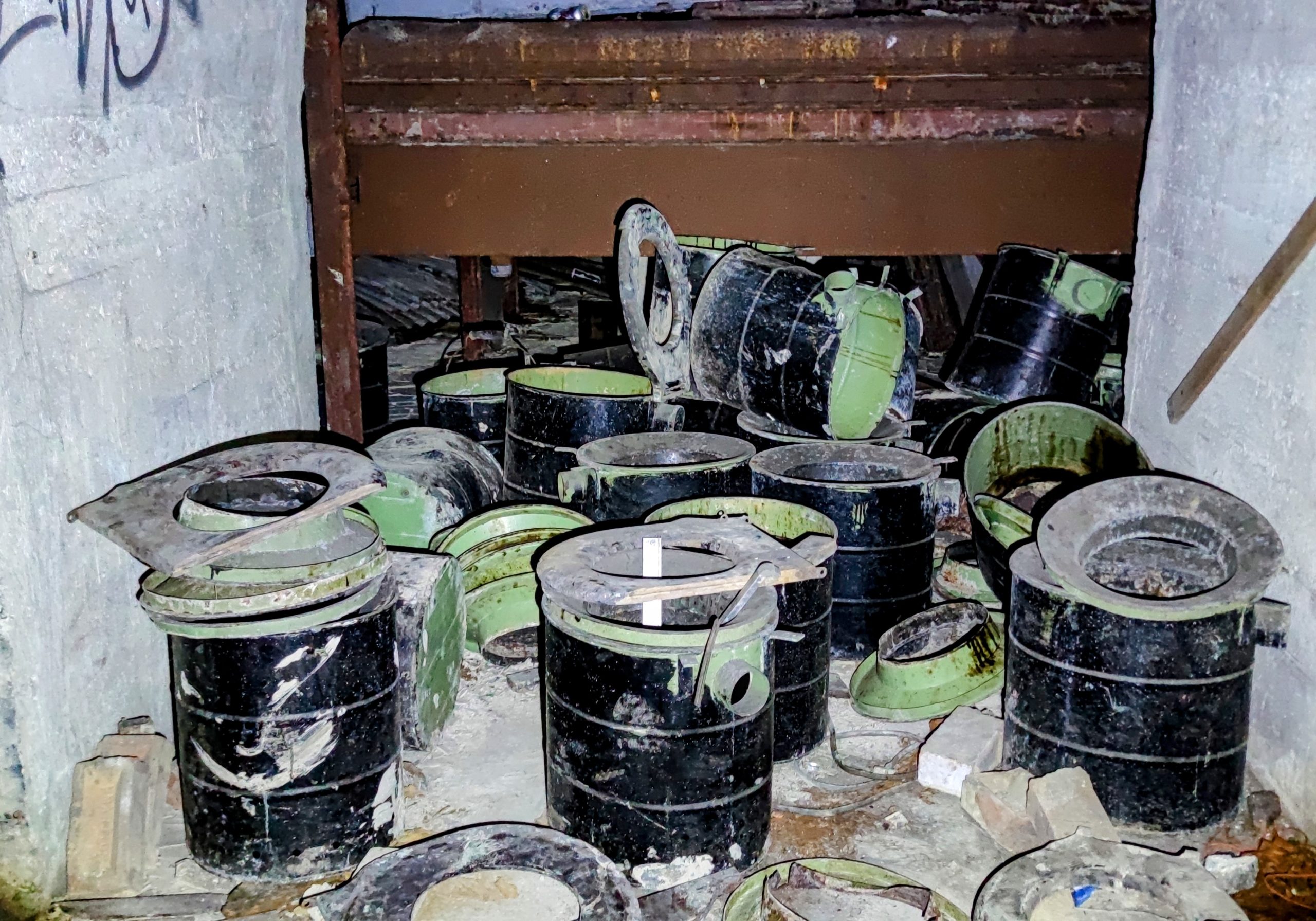

Interestingly, half of the tunnels had been fully bricked up across the site. A previous explorer has removed bricks to create a hole and used an Elsan toilet as a step through. It’s not clear why this half of the tunnels had been bricked up. They appeared exactly the same as the other side, potentially at one point they had been used as storage?
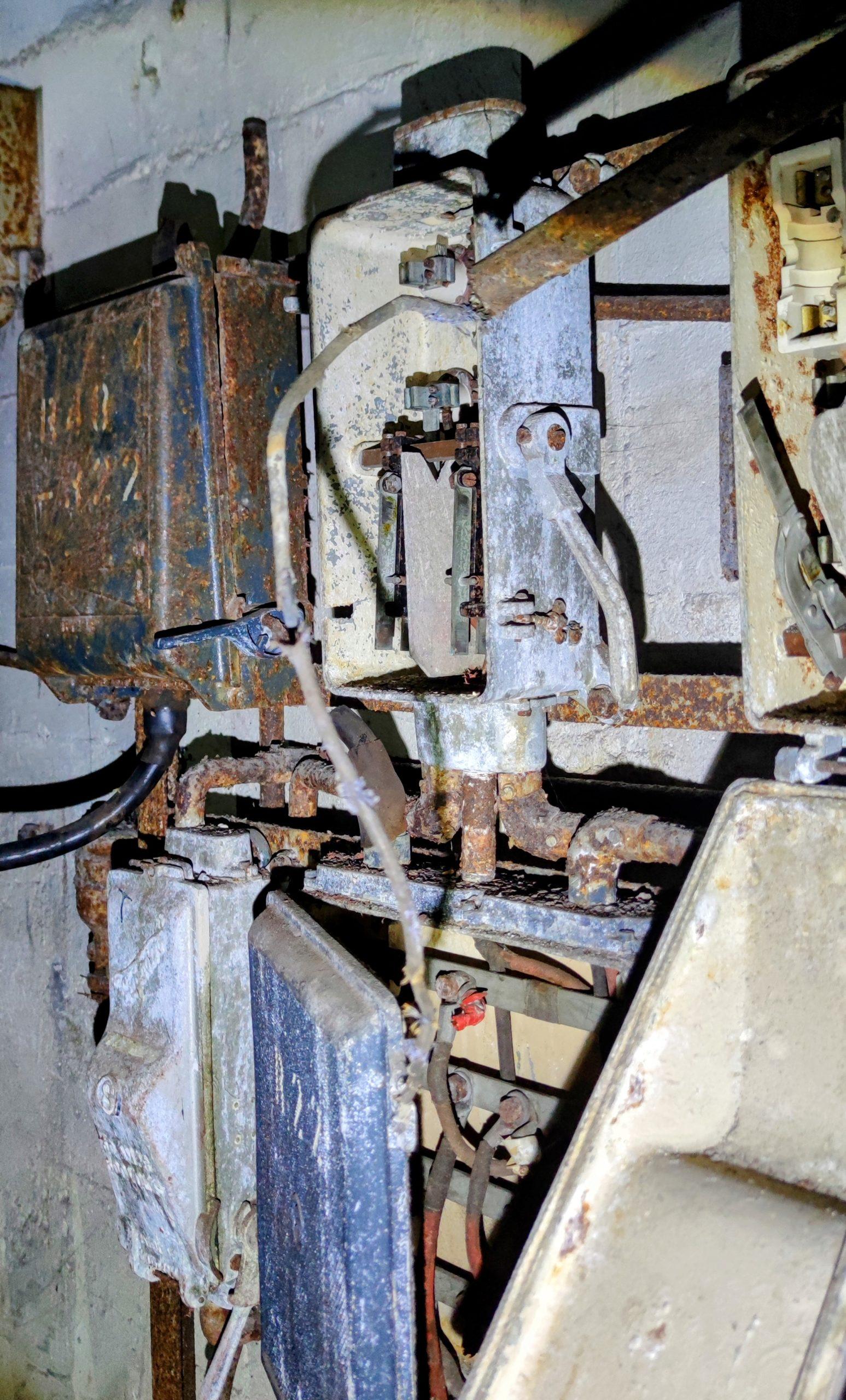
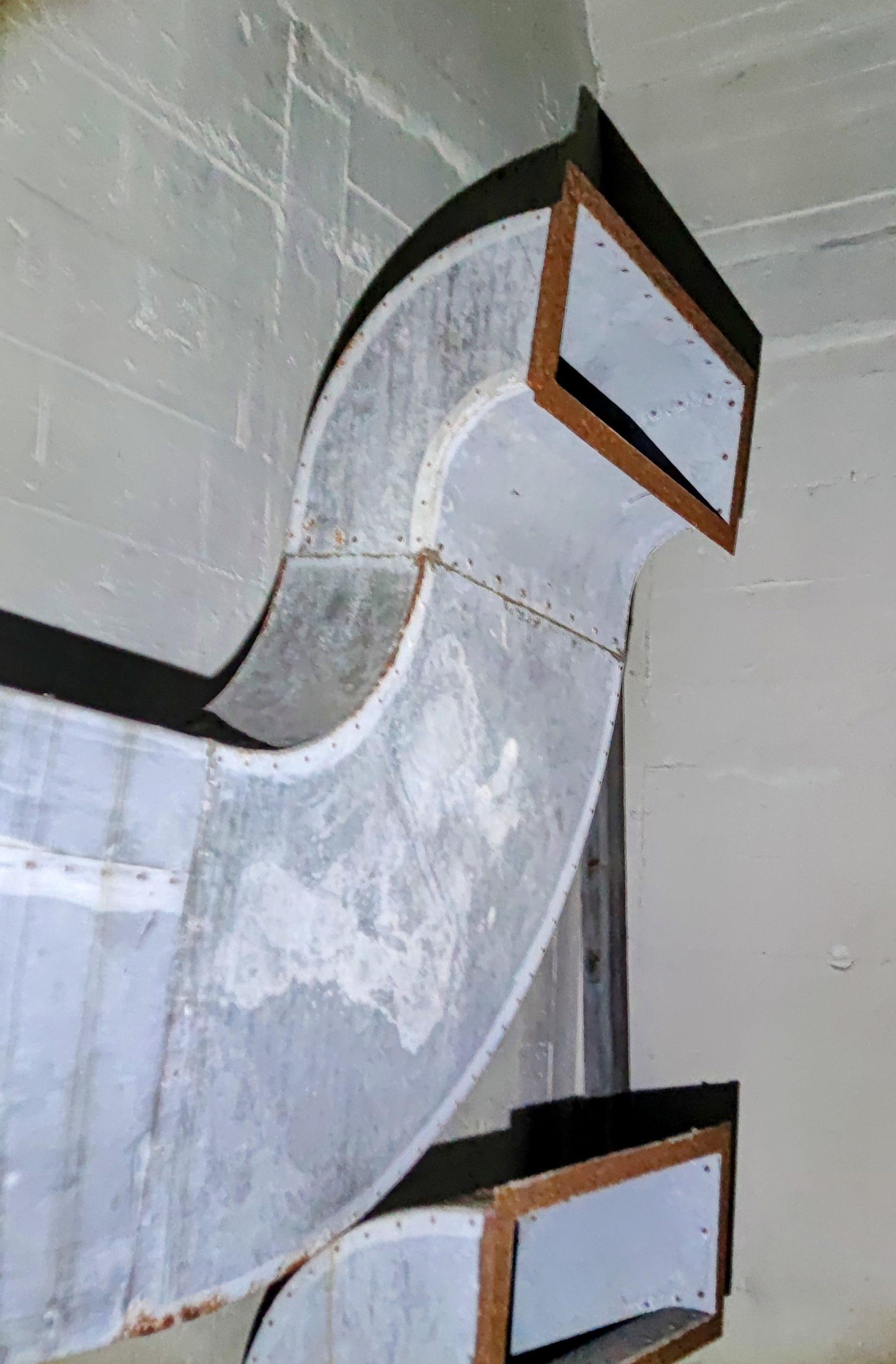
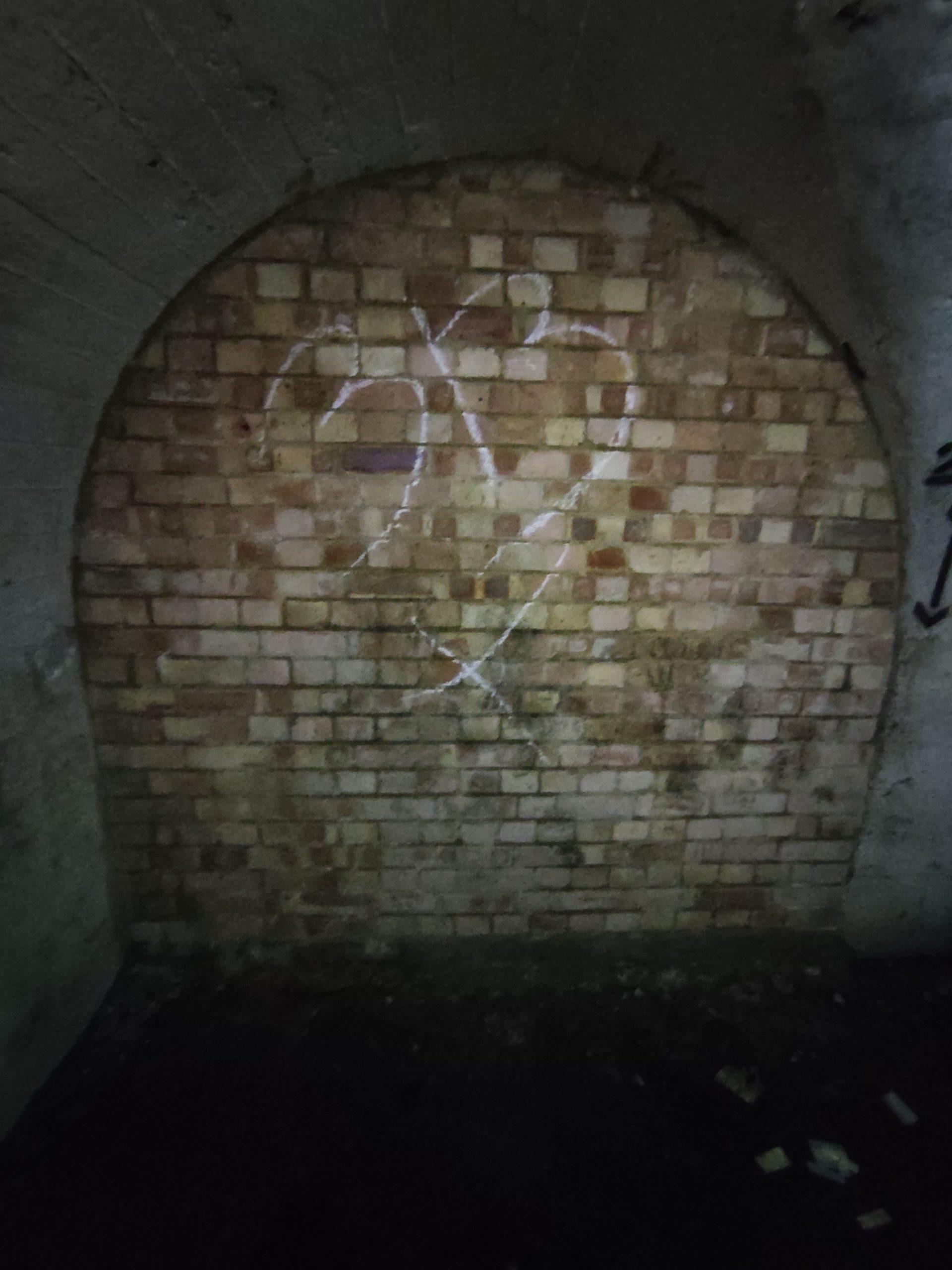
The future
WT Henley in Gravesend survived the perils of WWII, unlike the factory in Woolwich, but unfortunately its doors closed in 2008. In 2012 the site was partly demolished and the rest came down in 2019. The surrounding area has been bought by a development company with plans for 598 dwellings to be built on the site of the old wharf and factory. Many locals are fearful for the future of these tunnels. They are not listed and therefore not necessarily protected and since the art deco factory was demolished a few years ago they worry that the tunnels might be next. Locals have fond memories of exploring the shelters as children and hope that the historical site can be preserved for future generations.

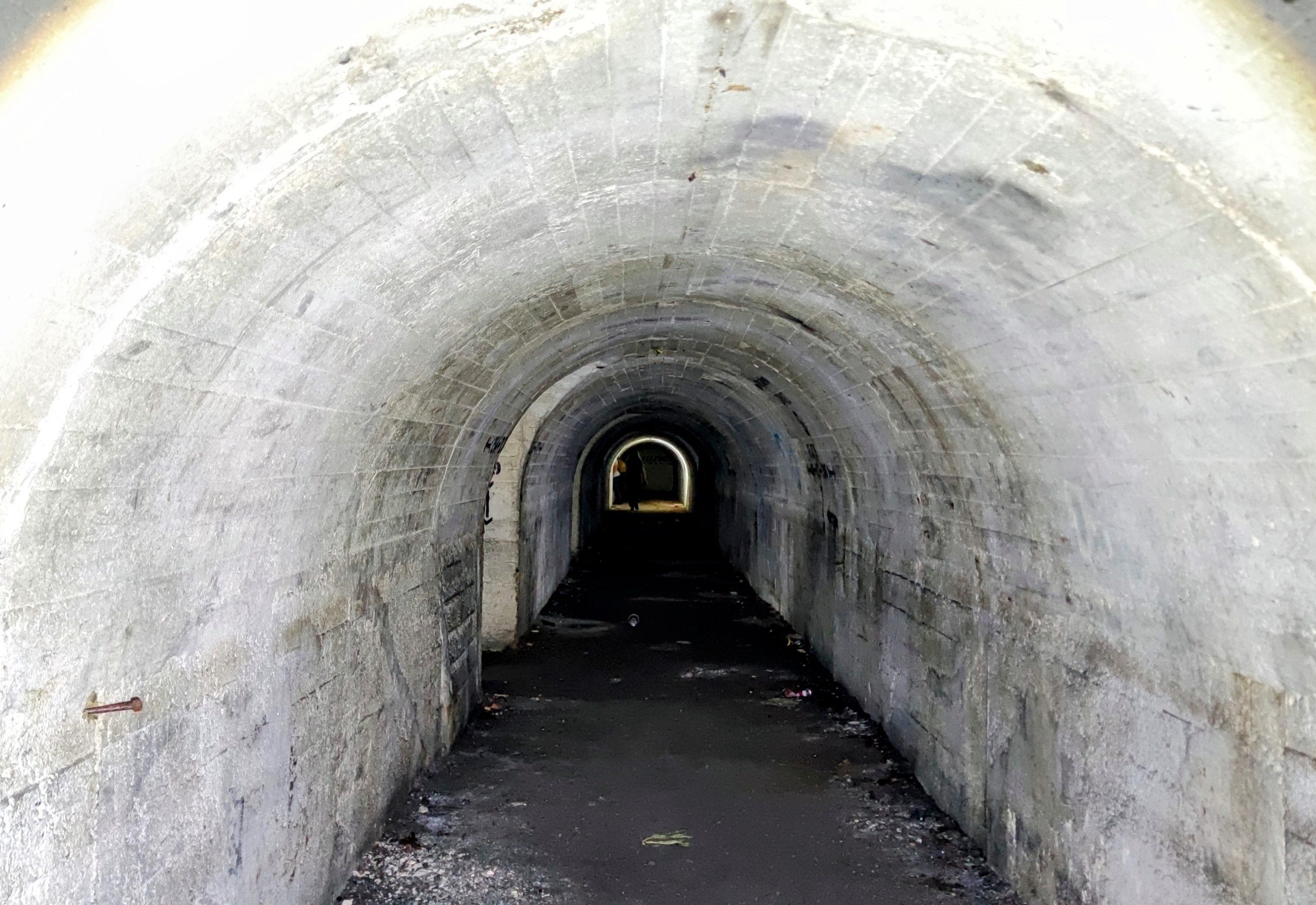
Last Updated on 19 December 2024 by Michael




